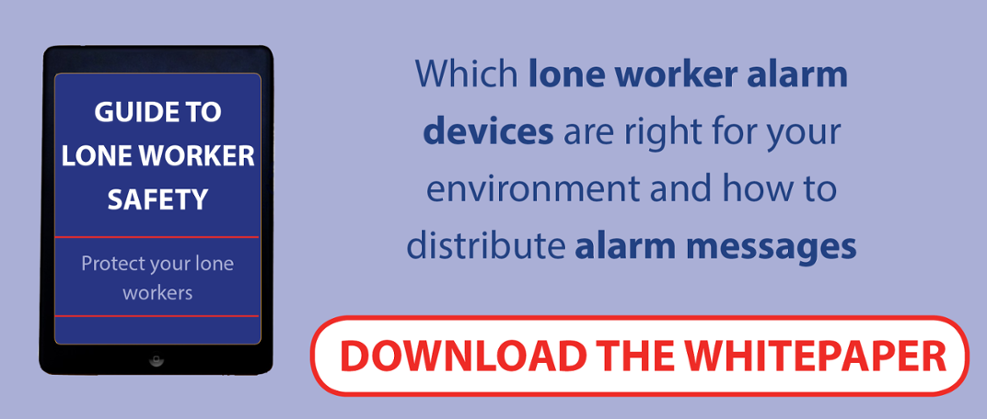
Health and Safety is something that affects every business - both big and small. It is a necessity of operations, however often employees are reluctant to adopt the processes which will ultimately prevent them from harm. 144 workers were killed in the United Kingdom in the 2015 / 2016 period, a level that is far too high.
People are often reluctant to change and manage risk, some employees can take the attitude "it won't happen to me". This can be a source of frustration for employers, however if adopted and managed correctly, it will ease the intergration of risk management into your every day work processes. Correctly implemented, risk management will safeguard your employees and decrease the amount of production downtime from work related illnesses and injuries.
Every company is advised (and if you have more than 5 people working in the company, also required by law) to have a Risk Assessment policy in place and use it, no matter what size the business is.
What is a risk assessment?
Risk Assessment in your business is ultimately assessing the risks, working out the likelihood of an accident happening and how severe the harm would be should it happen. Once you have worked this out, it is bringing those risks down to an acceptable level through the use of control measures.
How do I conduct a Risk Assessment for my company?
We have been there, taking over a new position and having to either implement an entire Risk Management system, or review one that currently is in operation. One of the first steps we always do is take a walk around the work place. Where you have a fresh pair of eyes, you are far more likely to see the potential risks than someone who has worked there for a long time. We all tend to become 'blind' to risk over time. Whilst you are conducting your walk round, if you see something that is potentially dangerous, stop the job and discuss this with the employee. In our experience having a friendly chat about the risks of conducting work that way is far more effective than lecturing someone. It is also more likely to result in a change of their behaviour pattern. Another useful trick is to actually get out on the floor and speak to people. Ask them their thoughts on the current set up and if there are any potential risks or operating snags. Involve people in the process and they are more likely to comply. If you're struggling to get people to comply, then often it's best to bring in a fresh pair of eyes with a new approach, for further information on this please feel free to visit: http://resources.anttele.com/resistant-workers
One of the biggest things to consider is lone workers. Often control measures rely on a double check of each other, to ensure all safety measures are in place. A lone worker risk assessment usually requires a greater level of thought. Especially in the case of lone workers it is essential that you speak to the people who are lone workers. Consult them on what they feel comfortable with in their work and if there is anything that makes them feel unsafe or uneasy, often it is this feeling that leads you to the indication that all the risk control procedures are not fully in place or not adequate enough.
Risk Assessments are not designed to be a paperwork exercise, but rather about ensuring all steps are taken to protect your employees from harm. It is about identifying the risks and identifying and placing sensible control measures in the work place to control that risk.
Some work tasks require greater risk assessment and control methods than others. Often other HSE regulations require further control measures. The risk assessment you conduct can help you identify where you need to look at specific risks and these particular control measures in more detail.
What do you do after you've assessed what the risks are?
Once you've assessed what the risks are you need to consider what is an acceptable level of risk. It is all well and good saying that an accident won't happen, but you need to put safety measures in place to ensure your workers are as safe as possible. As a guide any risks falling in the amber or red sections are usually considered unacceptable and control measures are then put in place.
During your risk assessment you may have found that your lone workers have a far higher degree of risk than others. How do you as an employer safeguard them and ensure they are safe from harm? How do you know when they are conducting their work that they are safe and risk free?
One of the biggest points that often comes up in a risk assessment of lone workers is how easily and effectively they report back and let you know they are ok, or if they need help. Should an accident happen, would you know? There are a number of alarm systems available on the market that will enable you to have an efficient and rebust way of knowing that your lone workers are safe and reduce the response time if anything shoud happen.
Once my Risk Assessment and Control Measures are in place is that it?
In short, no. You will have to revisit your risk assessments on a regular basis to ensure that they are still valid and see if you can bring the risk levels down further especially with the advances in technology.





